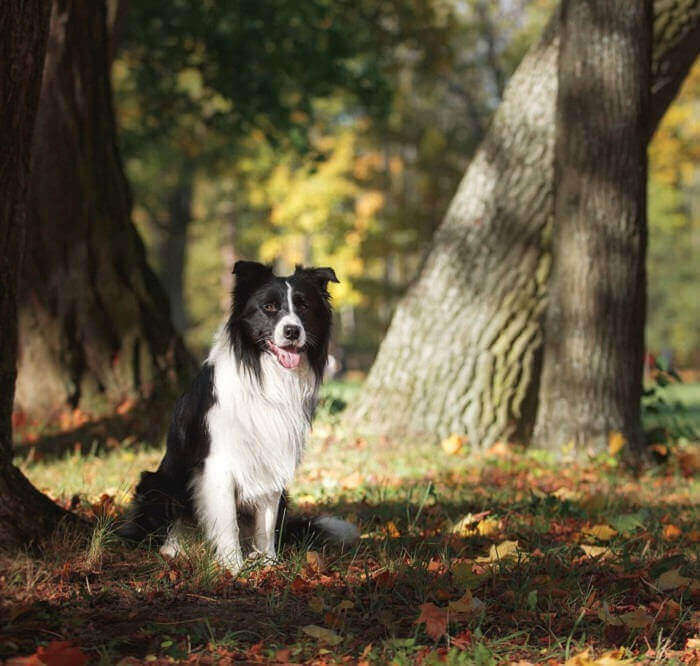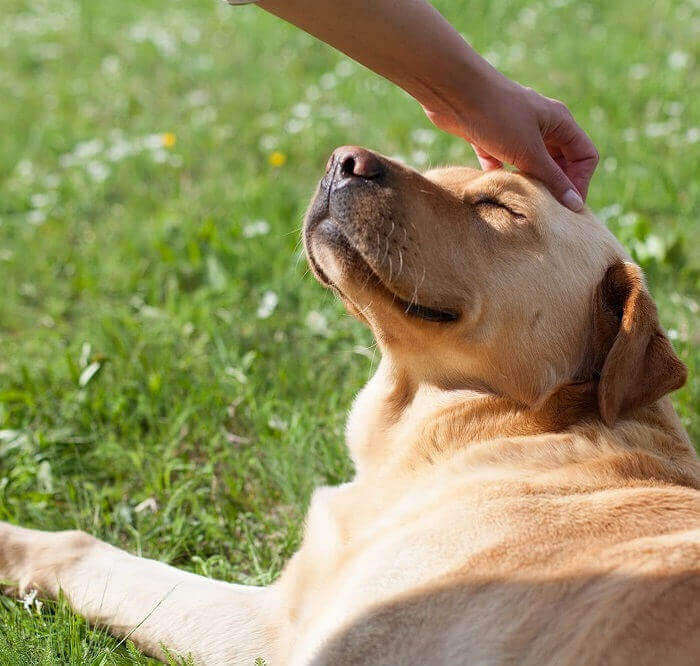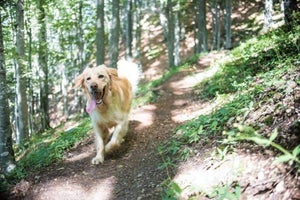
How dog and man have influenced each other throughout time
The history of dogs and humans is extensive, in which each has felt the influence of the other strongly. We sometimes forget that dogs are all one species, but their relationship with humans is what caused dogs to evolve into such a wide variety of different shapes and sizes, creating the breeds we know today. Due to this ability to adapt to our needs and their unwavering patience, devotion and loyalty, dogs earned their title “man’s best friend”.
In this article, James Wellbeloved investigates the history of dog and man, finding out how each has influenced the other throughout time.
HOW LONG AGO DID DOGS EVOLVE?
Domestic dogs are part of the mammal family Canidae, being from the same wolf-like canine as modern wolves. It is difficult to estimate when our pets evolved from their wild ancestor, due to the large amount of time that has passed since. However, this evolution is known to have occurred at least 15,000 years ago and some estimates places it as far ago as 40,000 years!
WHERE DID DOGS EVOLVE?
Similarly to determining the age of the species, knowing the geographical origins of dogs is difficult. Humans were far more nomadic in this time, travelling more freely to live, which makes establishing a specific location hard. Nevertheless, scientists generally believe that domestic canines developed in eastern Europe or central Asia. Some believe that development may have occurred simultaneously in these places.
EVOLUTION OCCURRED IN HUNTER-GATHERER SOCIETIES
Dogs and humans first began working together whilst humans were still living in hunter-gatherer societies. It is believed that wolves would have been living close to human settlements, with the intention of scavenging. This is where the bond began thousands of years ago; the wolves could scavenge from the humans and the humans could benefit from their sharp canine senses and hunting instinct.
It is thought that the proximity of these humans and early dogs allowed both species to recognise the value of a partnership, and so wolves began travelling with nomadic human tribes. In this travelling, a natural selection occurred in which the dogs with domestic traits were more successful and so reproduced, passing on these traits.

DEVELOPMENT IN LIVESTOCK SOCIETIES
The next stage in the history of dogs occurred due to a change in the way humans lived. As human societies developed, more sophisticated technology and techniques came into usage.
Crucial for the development of dogs was livestock keeping. It is estimated this change occurred between 7,000 and 9,000 years ago. Where dogs had previously been used for their keen hunting sense, they were then used to herd and guard livestock, such as sheep or cows.
This also meant changing the way dogs were bred, and humans began to breed dogs with traits better suited to this new purpose. This produced diversification of the species, bringing it closer to the great range of dogs we know and love today.
WHERE DID BREEDS COME FROM?
As previously stated, the development of human societies brought diversification of the canine species. As societies became more complex, so did the things humans asked of their dogs. As new requirements arose, humans would change the characteristics they focused on when it came to breeding their dogs. These changes led to the creation of new breeds, as particular physical and behavioural traits were emphasised.
It is estimated that, by the start of the Bronze Age, there were five types of dog in existence. These were wolf-like dogs, sight hounds (like a modern-day greyhound), pointing dogs, and herding dogs. These arose from human breeding of dogs. For example, quick sight hounds were bred in the Middle East for noblemen, while Europeans bred powerful mastiffs for protection of their property.
Throughout the history of dogs, the number of purposes societies have found for canines has increased, moving beyond merely functional needs. Rulers in China bred small dogs, such as chihuahuas, as companions for wealthy families. In ancient Egypt, dogs were even invested with religious beliefs, coming to be considered god-like. Only royals were allowed to own purebred dogs, usually dressing them in bejewelled collars – which is not something we would recommend – and lavishing them with expensive foods and servants. Dogs became sources of emotional support for humans, as well as practical.

WHERE ARE DOGS AND HUMANS TODAY?
Across the millennia that have passed since ancient Egyptians considered dogs gods, thousands of different dog breeds have come into existence. Furthermore, societies around the world have changed their relationships with their dogs countless times.
There are some societies, such as in East Asia, where dogs are no longer held in high-esteem and are instead considered in practical rather than emotional terms. Western societies, on the other hand, place great importance in the relationships between dogs and humans. In the United Kingdom, dogs have remained one of the most popular domestic animals for hundreds of years, although the most popular breed does change over the years. For example, in the 1800s the Saint Bernard was the most commonly owned dog, but today the most popular breed is Labradors.
HOW DOES SCIENCE HELP US UNDERSTAND THE BOND BETWEEN HUMANS AND DOGS?
Science means that humans now have a better understanding of our emotions and relationships than ever before, and this includes the bonds between dogs and humans.
Studies have shown that when dogs and humans look into each other’s eyes, a chemical called oxytocin is released in both animals’ brains. This also occurs when two humans gaze into each other’s eyes. This chemical makes us feel happy and tells us to form a positive connection with the eyes we are looking into.
This increased understanding of the emotional bond between humans and dogs mean we now value them enormously – although maybe still not as much as the ancient Egyptians. Dogs are even used in Western countries as therapy dogs and to relieve stress in the workplace.
So, there we have James Wellbeloved’s guide to the history of dogs and humans. As we can see, the relationship between our two species has been created by a long journey, but the saying ‘man’s best friend’ has never been truer than it is today.

Related Articles








